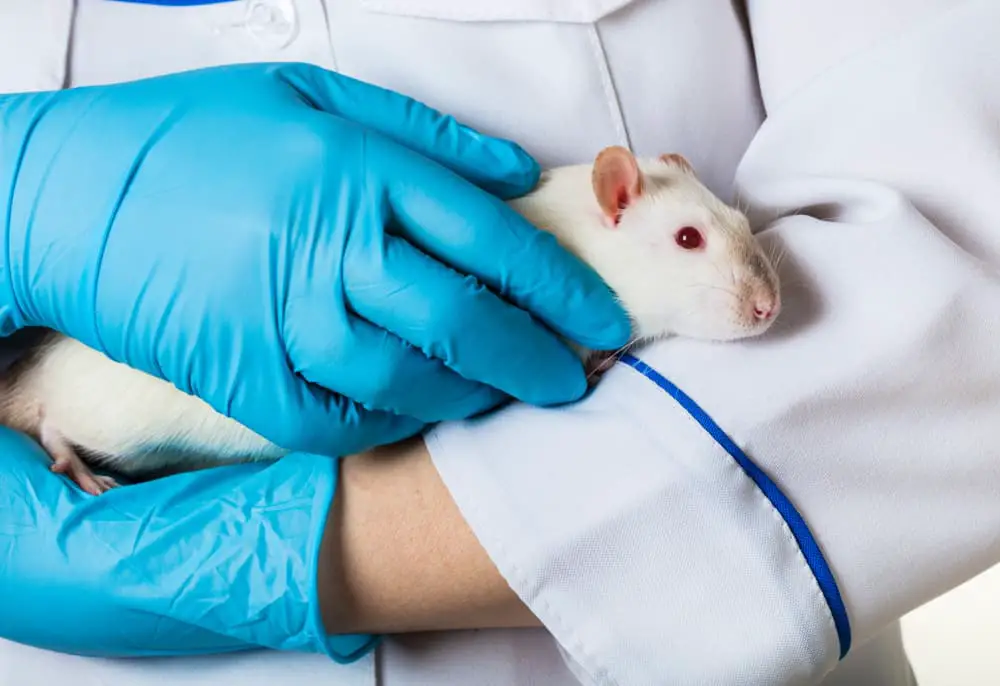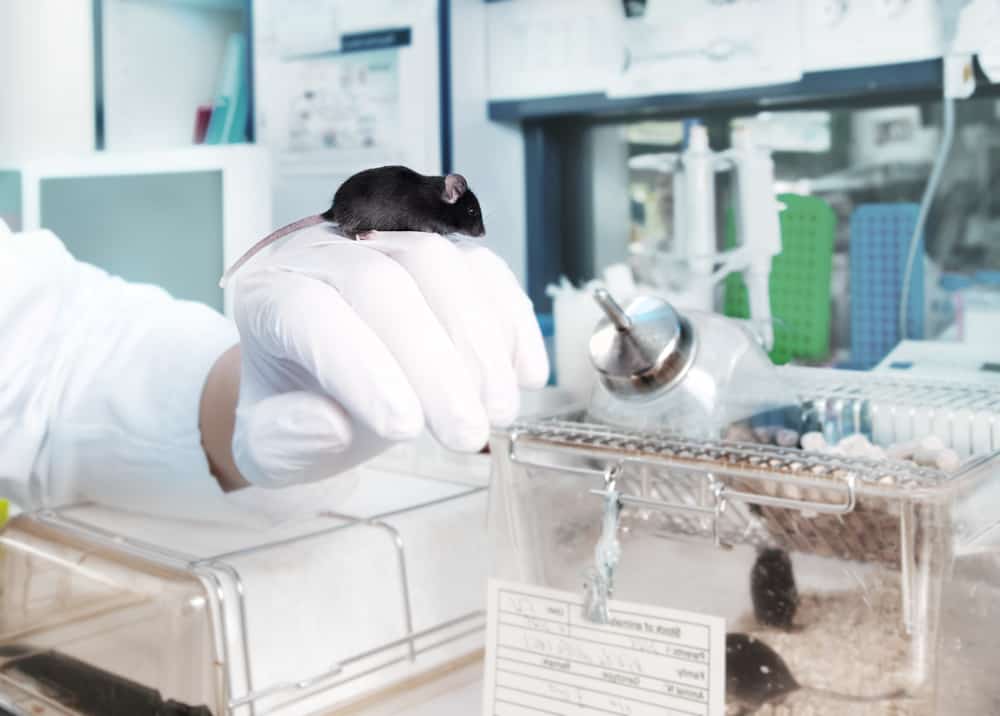Canada is one of the top five animal testing countries in the world, specifically for scientific research and cosmetics. Even though there are some international regulations that provide animal testing guidelines, each nation has its own laws for the most part – and Canada is no exception.
Canada ranks fourth, with a recorded figure of 4,562,522 animals used for testing in 2019 by Canadian Council for Animal Care (CCAC) members. However, these figures are likely far from accurate due to the CCAC accounting for most but not all research institutions. The CCAC also are not legally bound to release official testing statistics.
Read on to learn more about animal testing in Canada regarding their policies, the purposes of these tests, and how they compare to other nations that also use this procedure.
Globally Ranking Fourth in Use of Animal Testing
Canada is the fourth largest animal testing user, with a 2018 figure reaching nearly 3.9 million animals, both mammal, and invertebrate. If this number seems high, rest assured that it is far lower than the third-largest animal testing user – the USA, who experiment on an average of 15.6 million animals per year.
China tips the scales as the biggest animal testing user globally, with approximately 20.9 million animals experimented on per year.
Back to Canada – the number of animals used for scientific purposes by CCAC members increased to a record 4,562,522 in 2019. 30.5% were mice, 26.2% were birds, and 19.9% were fish.
Scientists perform the majority of these tests for fundamental research, in an attempt to advance their understanding of human and animal biology and environmental knowledge.
The specified percentages and categories of animal testing in Canada are as follows:
All of the animals used in these tests aim to aligned with the Three R’s, an ethical guide used by researchers to ensure the use of animals in testing is valid, acceptable, and conducted with the animal’s quality of life in mind.
The R’s stand for Replacement, Reduction, and Refinement to improve animal testing methods to a degree that is no longer necessary.
Researchers can reduce the overall number of animals they use. However, they still perform many tests on animals despite the availability of a non-animal alternative.
Some Animal Testing is Less Invasive
Most nations have a system in place that details the degree of testing an animal is subjected to, based on the level of pain and invasiveness it experiences.
In Canada's case, the CCAC has five alphabetic categories of invasiveness that detail what the tested animal endured for the sake of the procedure.
The five categories are as follows:
Of these five categories, the majority of the test amassing to about 45% fall under Category B. About 3%, amassing to about 136,875 animals, were subjected to Category E tests where they endured severe pain without the assistance of anesthetics.
National Support to Ban Cosmetic Animal Testing
It is still legal to test cosmetic products on live animals in Canada. This is actually a common issue throughout all of the top nations that use animal testing.
As the leading nation in this category, China recently passed a legislature in January 2021 that no longer mandated animal testing on cosmetic products.
However, with the addition of Japan, the second-ranked nation, and the United States, the third-ranked nation, there is no strict legislature in place explicitly prohibiting cosmetic animal testing. There are merely regulations on how they are conducted and how the final products must be labeled.
This is a frustrating fact in itself, but what makes it even more irritable in Canada's case is that there have been clear efforts on the part of Canadian citizens and animal rights organizations to end cosmetic animal testing, but to no avail.
In addition to massive support, a federal bill was also created, Bill S-214 (The Cruelty-Free Cosmetics Act), to prohibit cosmetic animal testing and the sale of products developed or manufactured using this method.
The bill successfully progressed its way to the Second Reading in the House of Commons, but unfortunately, it was not passed into law as it ran out of parliamentary time in 2021.
The animal rights organizations and Canadian citizens that created and supported this bill have made multiple calls to action for further support as a new bill is created. In the end, it is the Canadian government that needs to be convinced of the necessity behind passing this bill into law.
Hopefully, the new bill against cosmetic animal testing will be successful, and this research method is no longer an option in Canadian borders.
The CCAC Is Not Legally Compelled to Release Accurate Records
A significant issue regarding Canada and its animal testing records is that institutions and facilities are not legally compelled to release their records for accurate statistics regarding how many animals are used for animal testing annually in Canada and the purpose of these tests.
This is not solely a Canadian issue, as other countries, such as Australia, also refuse to accurately record and release their animal testing figures to the public.
The majority of Canadian records for animal testing are monitored by the Animal Alliance and acquired from the CCAC. Although some facilities and institutions remain under the radar, most of them are members of this organization and release their records to CCAC for publication.
Although the CCAC obtains statistics and records from most animal testing sources in Canada, their reports are far from specific. As the years have progressed and the overall number of animals used for animal testing in Canada has increased, CCAC publications have become increasingly vague.
According to Animal Alliance of Canada, “the number of animals used in each province used to be listed separately; now, these numbers are no longer disseminated to the public. There is no legislative mechanism to compel the CCAC to provide that information – the organization, funded by tax dollars, is not subject to Freedom of Information requests.”
Due to this lack of legislature, private testing labs only release records on a volunteer basis; records are lumped together instead of individualized by province. It is difficult to conclude how many animals are used for animal testing and why.
It is entirely possible that as the number of tests and animals increases, so too do Category E tests that private labs, as well as CCAC members, choose to omit.
Ultimately, any records released by the CCAC regarding animal testing need to be taken with a grain of salt since they aren’t entirely accurate and don’t truly reflect the nation’s use of animal testing as a whole.
Final Thoughts
There are some significant pros and cons regarding animal testing in Canada. On the one hand, they are far from the leading nation regarding how many tests they conduct and animals they use.
However, on the other hand, there is no definitive way of knowing what these figures truly are since the nation has no legislature explicitly demanding accurate record-keeping of animal testing and the public release of these records.
There is hope that Canada will soon pass a new bill to make cosmetic animal testing illegal, effectively reducing the number of tests and animals used in the country. But for now, they are still one of the leading nations in this practice and will be until further regulations are enforced.


